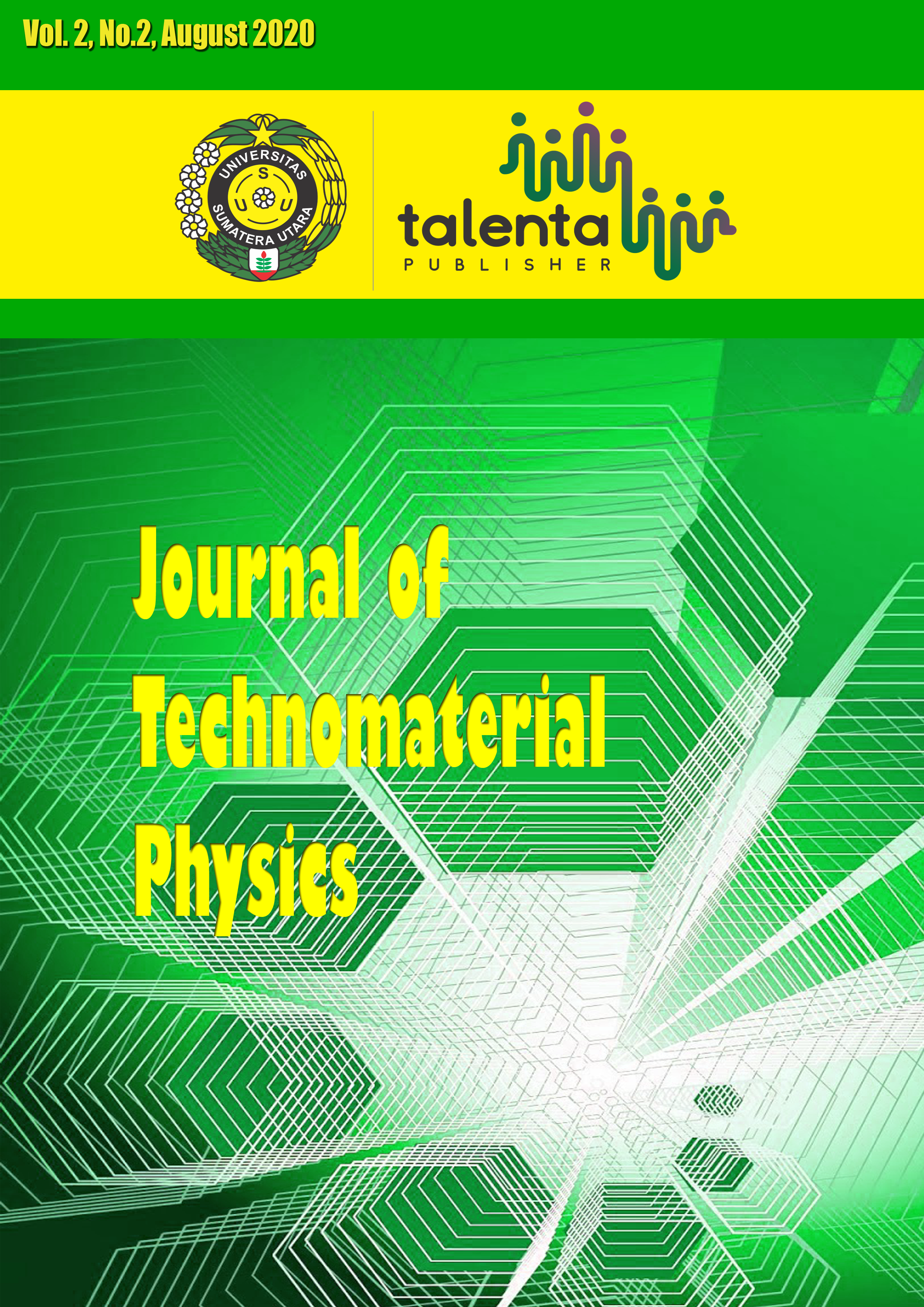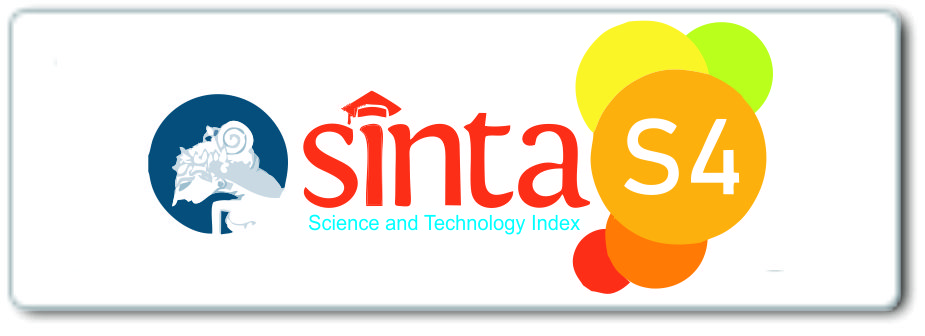Utilization of the EG8010 Microcontroller to Construct a Pure Sine Inverter Using the Single Phase Sinusoidal Inverter ASIC (Application Specific Integrated Circuit) Method
DOI:
https://doi.org/10.32734/jotp.v2i2.5359Keywords:
Microcontroller EG8010, IRF480, Power H-Bridge, Mosfet, FETAbstract
A pure sine inverter has been successfully designed by utilizing the EG8010 microcontroller which is used as an alternative energy source when the main power grid is cut. This pure sine inverter tool functions to stop the conversion when the power drops from the minimum value. This tool consists of a microcontroller to run the DC to AC converter instructions for 380 volts. Meanwhile, DC functions as a voltage source that provides the overall voltage. The signal waves that have been converted from DC to AC on the EG8010 Module are needed to control FET which functions as a signal amplifier. This signal is used to drive four FET n-channel and IRF480 which work alternately in sending data to the power FET to form an H-Bridge bridge and the output signal from the H-Bridge. Furthermore, the H-Bridge bridge and the output signal from the H-Bridge are sent through the transformer, so that the final output signal is a pure DC to AC sine wave. The resulting pure sine wave dc to ac can provide a maximum power of 240 watts.
Downloads
Downloads
Published
Issue
Section
License
Copyright (c) 2020 Journal of Technomaterial Physics

This work is licensed under a Creative Commons Attribution-ShareAlike 4.0 International License.








